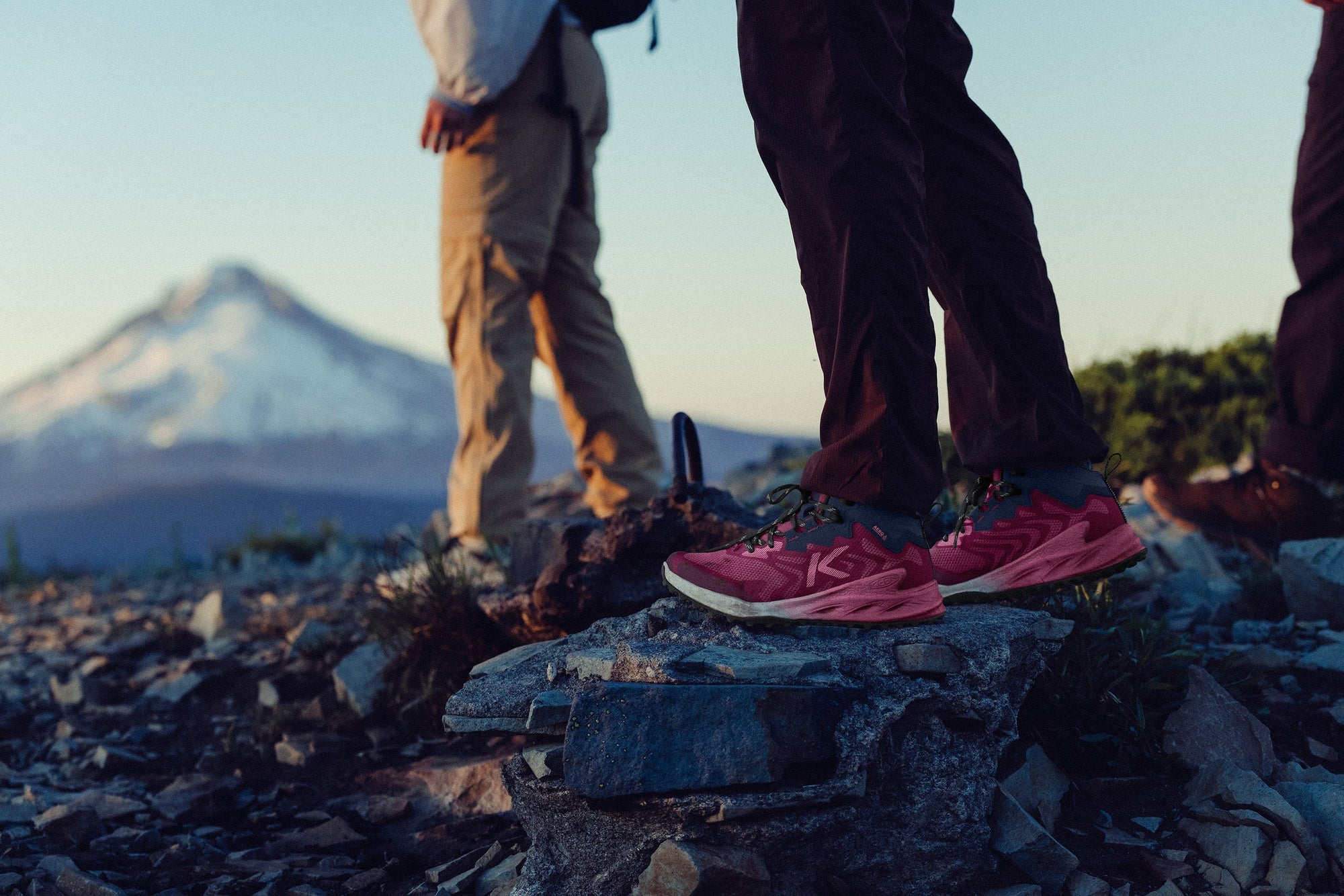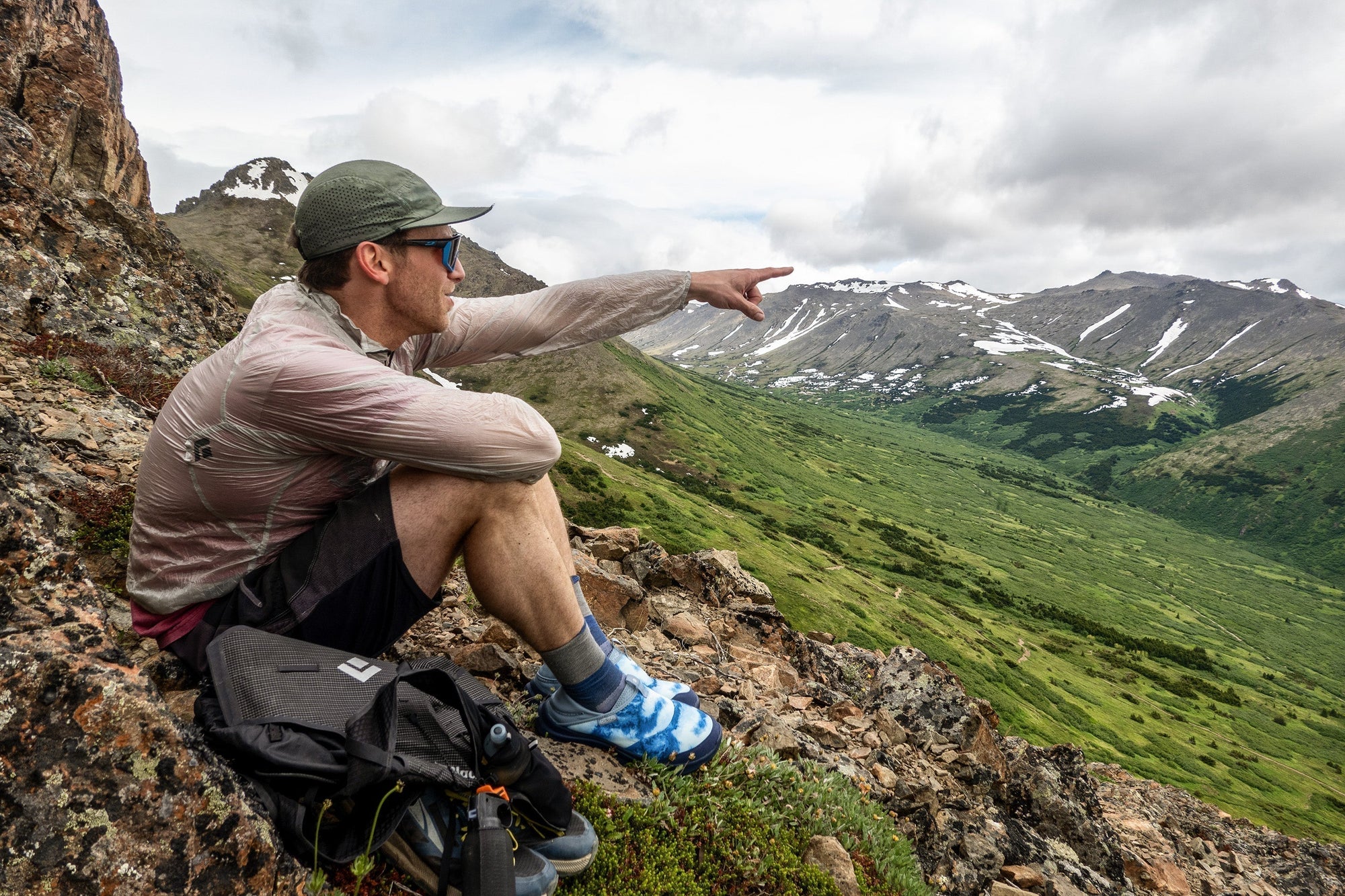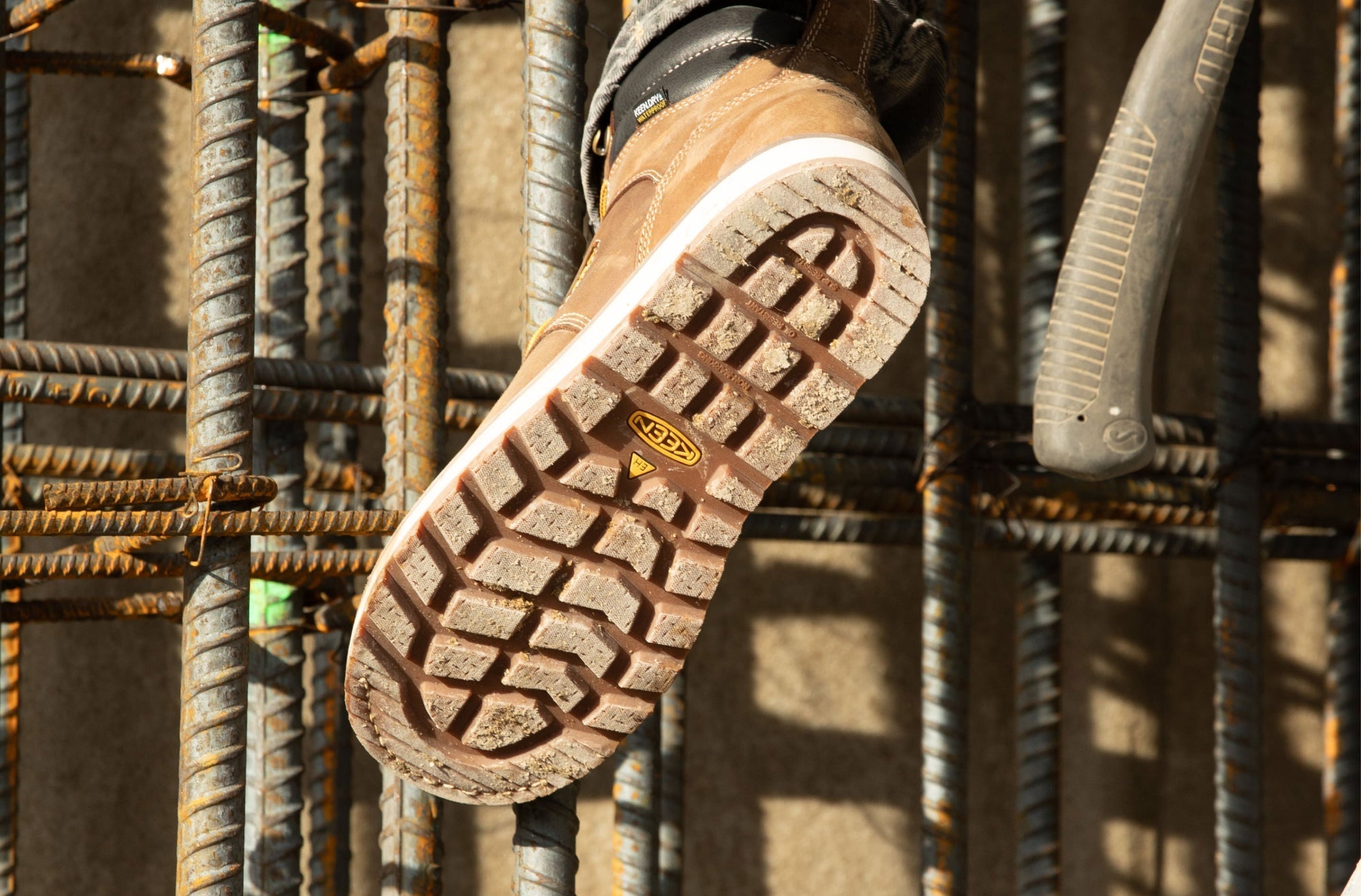Brrr, it’s cold outside! But that’s no reason to stay inside.
Winter weather is intimidating when it comes to heading into the backcountry. However with some planning and common sense, snowshoeing, nordic skiing, and hiking in the snow are every bit as rewarding as a summer outing. Preparing for a winter day outdoors is about covering all of your bases with good planning, good clothing, and knowing you have a backup plan.
First, let’s define backcountry. We’re talking about short outdoor adventures that are up to a few hours from the car and explore your local woods and mountains. Think defined trails and established routes (let’s save the bushwhacking for summer). Sure, there’s always room to explore, but let’s stick to what in the summer you’d call a hiking or biking trail. Ok, on to the checklist!
Know the Weather
1. Read the weather forecast: What’s a leading cause of backcountry emergencies? You got it, getting caught out by bad weather. Sunny in the morning with increasing clouds and snow or rain by afternoon is not the right forecast for an introduction to the winter backcountry. Choose your day based on fair weather that’s predicted to hold for at least 24 hours. Always check the latest forecast before you leave in the morning. Winter weather has a way of changing fast!
2. Read the avalanche forecast: The weather forecast isn’t the only forecast to consider in the winter. If you plan to travel through mountain terrain, consult the avalanche forecast—you can find your local avalanche forecast at avalanche.org. If the hazard rating is considerable, high, or extreme, rethink your plans.
Over-Prepare
1. Put together a winter car kit: A few extra supplies in your car go a long way to handling unforeseen winter problems. Beyond having reliable winter traction tires, a good winter car set up includes: a compact shovel, an ice scraper/snow brush, a headlamp/flashlight, road flares, spare gloves, and jumper cables. Just keep ‘em in the trunk!
2. Wear the right clothing: Winter-ready clothing includes every layer from head to toe. Think weatherproof, breathable, insulated, and layering for adaptability. Of course, we have a winter boot bias! Learn more about our insulated boots.
3. Pack extra layers and snacks: Carry a small day pack with a few backup layers and snacks. An extra midlayer, gloves, and hat are lightweight insurance if you start to get wet or cold. Calorie-rich snacks and a thermos full of your favorite hot drink helps fend off winter’s bite, yum!
Know When to Turn Around
1. Keep an eye on the weather: If the weather starts to take a change for the wetter, colder, or snowier, it’s time to turn around. Better to head home early than to get caught out due to changing conditions. Mother Nature has a mind of her own (and you don’t want to get on her bad side).
2. Keep an eye on the route finding: Once you go beyond the beaten path, route finding takes on a new level of difficulty. New snow, changing temps, and snow-covered terrain all pose challenges. If you’re not sure about your route finding skills, err on the cautious side to avoid getting caught off guard. It’s much easier to back track before you lose your way.
3. Stay tuned to your clothing: Are your feet cold or wet? Is that favorite jacket not quite as waterproof as you thought? As soon as you realize that your clothing is not keeping you warm and dry, it’s time to turn around. Being uncomfortable is distracting and leads to hasty decision making. Wet feet and cold hands are sure signs that it’s time for a check-in and to consider how far you are from the trailhead.
OK, it’s time to start watching the weather! When the right conditions line up for a fresh blanket of snow and sunshine, you’ll be ready to get out and enjoy it. The extra effort it takes to prepare for a winter outing is well worth the rewards of experiencing the snowy landscape up close. If you're ready to take it one step further, check out our winter backcountry gear tips here.











